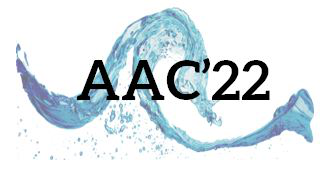Speaker
Description
An intense laser pulse propagating inside a plasma can generate a plasma bubble that can trap, accelerate, and focus electrons. These plasma bubbles undulate transversely according to its Carrier-Envelope-Phase (CEP) when (1) it is a near-single-cycle (NSC) pulse or (2) it undergoes steepening and forms a shock-like front. We demonstrate how this effect can be harnessed to control injection under both circumstances. For (1), two-color pulses are used: a long-wavelength NSC pulse as an injector, and a short wavelength longer duration pulse as a driver. For (2), a few-cycle pulse alone propagating in a pulse serves both the roles of injector and driver. We show via semi-analytical theory how the CEP effect can be used to inject electrons from the background plasma periodically, with or without the presence of bubble expansion. We clarify how the Periodically Undulating Bubble (PUB) can constructively or destructively interfere with the simultaneous bubble expansion to trigger or suppress trapping. Depending on the laser polarization, periodic or continuous injection of electrons from background plasma ensues, generating electron bunches with sub-fs to fs temporal scale, which can in turn generate femtosecond X-ray pulses. This injection mechanism is amenable to several existing university-scale few-cycle to multi-cycle multi-TW laser pulses. Furthermore, we will discuss several phase-dependent experimental observables, such as the electron beam pointing, betatron radiation polarization, and intensity distribution. Thus, the laser phase may become a controlling knob for electron and X-ray beams.
Acknowledgments
This work was supported under DOE Accelerator Stewardship program, grant # DE-SC0019431.

